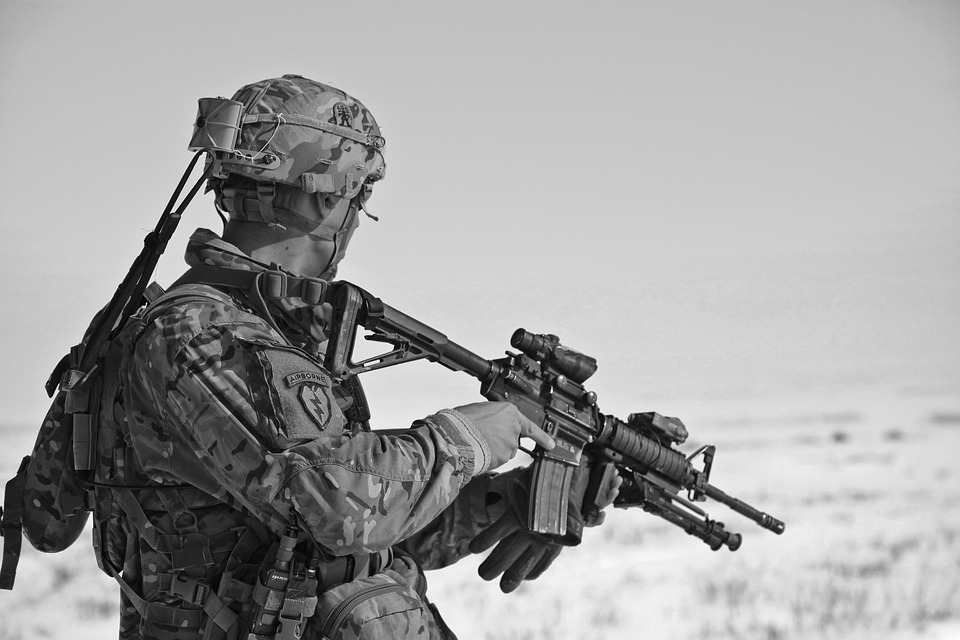From Boots on the Ground to Drones in the Sky: The Future of Military Engagement
Introduction
The landscape of military engagement is constantly evolving, with new technologies and strategies shaping the way wars are fought. From the traditional boots on the ground approach to the increasing use of drones in the sky, the future of military engagement is looking vastly different from what we have seen in the past.
Boots on the Ground
For centuries, the primary method of military engagement has been through ground troops. Soldiers equipped with weapons and armor would march into battle, engaging in close combat with enemy forces. This method of warfare has been the standard for most of human history, but advancements in technology are starting to shift the balance.
Boots on the ground will always be a vital component of military engagement, as there are certain tasks that can only be accomplished by soldiers on the front lines. However, with the rise of new technologies such as drones and unmanned vehicles, the role of ground troops is starting to change.
Advancements in Technology
One of the biggest shifts in military engagement has been the rise of drones. These unmanned aerial vehicles can be equipped with cameras, weapons, and other tools to gather intelligence and engage with enemy forces from the sky. Drones have become an essential tool for modern militaries, allowing them to carry out precision strikes without putting soldiers in harm’s way.
Advancements in technology have also led to the development of unmanned ground vehicles, which can perform tasks traditionally done by soldiers. These robots can be used for reconnaissance, bomb disposal, and other dangerous missions, reducing the risk to human life.
Benefits of Drones
Drones offer several advantages over traditional military engagement methods. They can gather intelligence and surveil enemy forces without putting soldiers at risk, providing valuable information to commanders. Drones can also carry out precision strikes with minimal collateral damage, reducing the risk to civilians caught in the crossfire.
Additionally, drones can be deployed quickly and operate in areas that are too dangerous for ground troops. This flexibility allows militaries to respond rapidly to threats and carry out missions with precision and efficiency.
Challenges of Drones
While drones offer many benefits, there are also challenges that come with their use. One of the main concerns is the potential for drones to be hacked or intercepted by enemy forces, putting sensitive information and technology at risk. Additionally, there are ethical concerns surrounding the use of drones, particularly when it comes to targeted killings and civilian casualties.
Another challenge with drones is the lack of human oversight in some cases, leading to the potential for mistakes or errors in judgment. Ensuring proper training and protocols are in place is essential to avoid unintended consequences.
The Future of Military Engagement
The future of military engagement is likely to involve a combination of boots on the ground and drones in the sky. Ground troops will still play a vital role in combat scenarios, but drones and unmanned vehicles will increasingly be used to carry out missions that are too dangerous or difficult for humans.
Advancements in technology will continue to shape the way wars are fought, with new tools and strategies being developed to give militaries the upper hand. Artificial intelligence, cyber warfare, and other cutting-edge technologies will play a significant role in the future of military engagement, transforming the way conflicts are resolved.
Conclusion
From boots on the ground to drones in the sky, the future of military engagement is rapidly changing. Advancements in technology are reshaping the way wars are fought, with drones and unmanned vehicles playing an increasingly important role in modern militaries. While there are challenges and ethical concerns associated with the use of drones, their benefits in terms of precision, efficiency, and reduced risk to human life cannot be ignored. As we look towards the future, it is clear that the landscape of military engagement will continue to evolve, with new technologies and strategies shaping the way conflicts are resolved.


